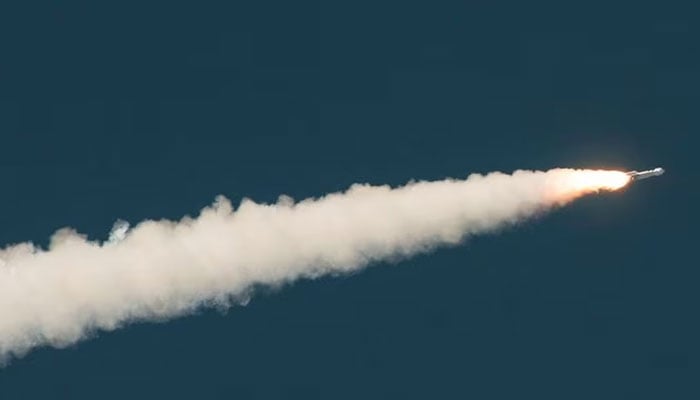Nasa's OSIRIS-REx enroute earth carrying 'largest soil sample' from asteroid Bennu
OSIRIS-REx launched in September 2016 and reached Bennu in 2018
September 24, 2023

Nasa's OSIRIS-REx spacecraft is set to return to Earth on Sunday, carrying the largest soil sample ever collected from an asteroid. The capsule, containing about a cup of gravelly asteroid material, will parachute into the Utah desert to deliver the celestial specimen to scientists.
This mission, a joint effort between Nasa and the University of Arizona, aims to retrieve and study material from the asteroid Bennu. Bennu is a small, carbon-rich asteroid holding valuable clues about the origins and development of rocky planets like Earth due to its unchanged chemistry and mineralogy over billions of years.
OSIRIS-REx launched in September 2016 and reached Bennu in 2018. After nearly two years of orbiting the asteroid, the spacecraft successfully collected a sample of the surface material in October 2020 using its robot arm. The spacecraft then departed Bennu in May 2021, embarking on a journey back to Earth.
The sample-return capsule is expected to be released from the spacecraft at 6:42am EDT for a final descent to Earth, touching down approximately four hours later within a designated landing zone west of Salt Lake City. Upon arrival, the sample will be transported to Nasa's Johnson Space Centre in Houston, where it will be examined and divided into smaller specimens for analysis by scientists in 60 laboratories worldwide.
This mission represents the third asteroid sample return ever attempted and the largest one to date, following similar missions by Japan's space agency in 2010 and 2020. The success of OSIRIS-REx could provide valuable insights into the early solar system and the potential role of celestial objects in seeding life on Earth.
Additionally, the OSIRIS-REx spacecraft is expected to continue its mission by exploring another near-Earth asteroid called Apophis, further contributing to our understanding of these celestial bodies and their significance in the cosmos.











